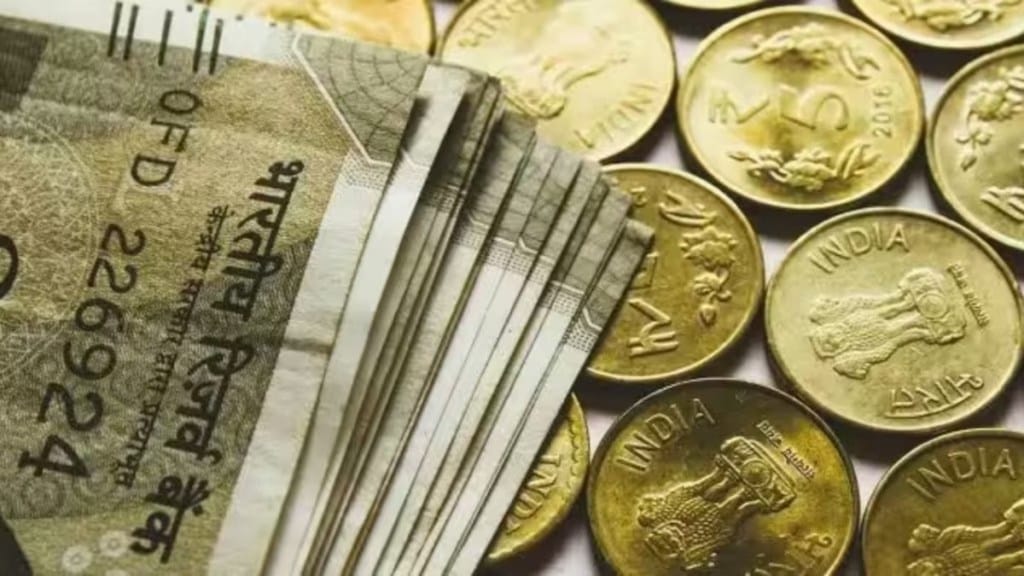West Bengal, which had the third-highest per capita income in 1960-61, has been continuously declining relative to the national average with Odisha overtaking it in 2023-24, according to a working paper by the Economic Advisory Council to the Prime Minister (EAC-PM).
Authored by EAC-PM member Sanjeev Sanyal and Joint Director Aakanksha Arora, the paper ‘Relative Economic Performance of Indian States: 1960-61 to 2023-24’ said the development of the eastern part of the country remained a concern. In this paper, they have focused exclusively on the relative performance of states, measured using two indicators- share in India’s GDP and relative per capita income.
According to the paper, Maharashtra, West Bengal and Tamil Nadu were home to India’s three largest industrial clusters in the 1960s.
“Their fortunes subsequently diverged- Maharashtra showed broadly steady performance throughout, West Bengal’s share has been in continuous decline. After a decline, Tamil Nadu picked up post-1991,” it said.
All data used are in current prices and the analysis spans 1960-61 to 2023- 24, providing insights into how individual states have performed in response to changes in national and state-specific policies.
“West Bengal, which held the third-largest share of national GDP at 10.5% in 1960-61, now accounts for only 5.6% in 2023-24. It has seen a consistent decline throughout this period,” it said.
West Bengal’s per capita income was above the national average in 1960-61 at 127.5%, but its growth failed to keep pace with national trends. As a result, its relative per capita income declined to 83.7% in 2023-24, falling below that of even traditionally laggard states like Rajasthan (91.2) and Odisha (88.5).
The western and southern regions of India have performed notably better than other parts of the country from 1960-61 to 2023-24.
Before 1991, southern states did not show expectational performance. However, since the economic liberalization of 1991, the southern states have emerged as the leading performers.
In 2023-24, Karnataka, Andhra Pradesh, Telangana, Kerala and Tamil Nadu together accounted for approximately 30% of India’s GDP. In addition, per capita income of all southern states became higher than the national average after 1991.
For instance, the relative per capita income in Telangana is now 193.6% of the national average in 2023-24, while Karnataka, Tamil Nadu, and Kerala have per capita incomes 181%, 171%, and 152.5% of the national average, respectively
Among Western states, Maharashtra and Gujarat have consistently performed well throughout the study period. Maharashtra has maintained the highest share of India’s GDP for almost all of the period (13.3% in 2023-24). Gujarat’s share remained at broadly the same levels until 2000- 01, before beginning to increase rapidly- from 6.4% in 2000-01 to 8.1% in 2022-23
The paper also noted that in the north, states like Delhi and Haryana also stood out. Delhi has one of the highest per capita incomes throughout the study period.

